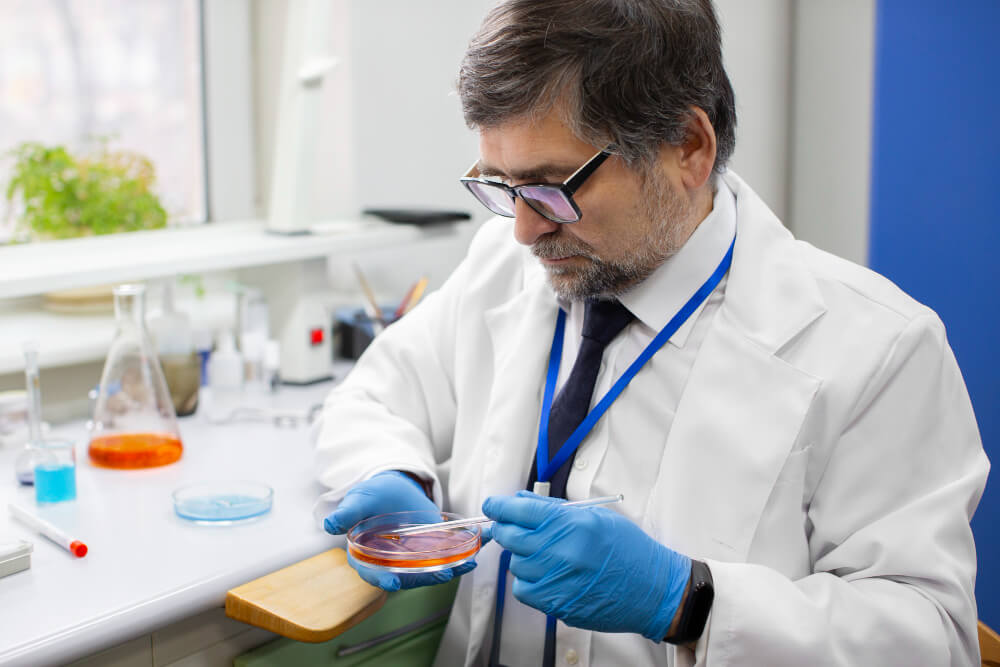Unveiling the Power of Knowledge: A Comprehensive Guide to STI Testing and Early HIV Diagnosis
Sexual health is an integral part of our overall well-being. However, navigating conversations about sexually transmitted infections (STIs) and HIV can be uncomfortable and laden with stigma. The reality is that STIs and HIV are common, and regular testing is an essential safeguard for you and your partners. This article equips you with comprehensive information about STI testing and early HIV diagnosis, empowering you to take charge of your sexual health.

Demystifying STI Testing and Early HIV Diagnosis: A Multifaceted Approach
Types of STI Tests:
A wide range of STIs necessitates various testing methods. Here’s an overview of the most common types of STI tests:
- Nucleic Acid Amplification Tests (NAATs): NAATs are highly accurate tests that detect the genetic material of specific STI pathogens in urine, blood, or swab samples. They are considered the gold standard for diagnosing chlamydia, gonorrhea, and some strains of human papillomavirus (HPV).
- Antibody Tests: These tests detect the presence of antibodies produced by the body’s immune system in response to an STI infection. They are commonly used for HIV, syphilis, and hepatitis B and C.
- Antigen Tests: These tests identify specific proteins associated with certain STIs, such as chlamydia and gonorrhea. While rapid, they may not be as accurate as NAATs.
Early HIV Diagnosis:
Early diagnosis of HIV is crucial for starting antiretroviral therapy (ART) as soon as possible. ART medications suppress the HIV virus, allowing individuals with HIV to live long and healthy lives. The most common methods for early HIV diagnosis include:
- Rapid HIV Tests: These tests provide results within minutes, often using a finger prick blood sample.
- Enzyme-Linked Immunosorbent Assay (ELISA): This is the most common HIV screening test, offering high accuracy but requiring confirmation with a more specific test.
The Importance of Early Detection: Benefits of Regular STI Testing and Early HIV Diagnosis

Early detection and treatment of STIs and HIV offer numerous benefits:
- Reduced Risk of Complications: Untreated STIs can lead to serious health consequences, including infertility, pelvic inflammatory disease (PID), and increased risk of HIV transmission. Early detection allows for prompt treatment, minimizing potential complications.
- Prevention of Transmission: Knowing your STI and HIV status empowers you to make informed decisions about sexual activity and avoid unknowingly transmitting an infection to your partner(s).
- Effective Treatment Options: Early diagnosis allows for prompt treatment with appropriate antibiotics or medications for STIs, and access to ART for individuals with HIV.
- Improved Sexual Health Outcomes: STI testing and early HIV diagnosis promote responsible sexual behavior and contribute to overall sexual well-being. Knowing your status allows for open communication with partners and fosters safer sexual practices.
- Improved Quality of Life for Individuals with HIV: Early diagnosis and access to ART allow individuals with HIV to manage their condition effectively and live long, healthy lives.
Navigating the Process: Getting Tested Discreetly and Confidentially
Many individuals hesitate to get tested due to concerns about privacy and confidentiality. Here’s how to navigate the process with ease:
- Options for Testing: STI testing with HIV screening can be done at various locations, including doctor’s offices, sexual health clinics, Planned Parenthood centers, and even at-home test kits (excluding HIV testing from at-home kits).
- Confidentiality: Healthcare providers are bound by law to maintain patient confidentiality regarding STI/STD and HIV test results.
Anonymous Testing: Certain clinics offer anonymous testing, where no personal information is collected.
What to Expect During Testing:
The specific testing procedure varies depending on the type of test. Here’s a general overview:
- Consultation: A healthcare professional will discuss your sexual history, symptoms (if any), and risk factors.
- Sample Collection: This may involve collecting a urine sample, blood draw, or swab from the genitals or rectum.
